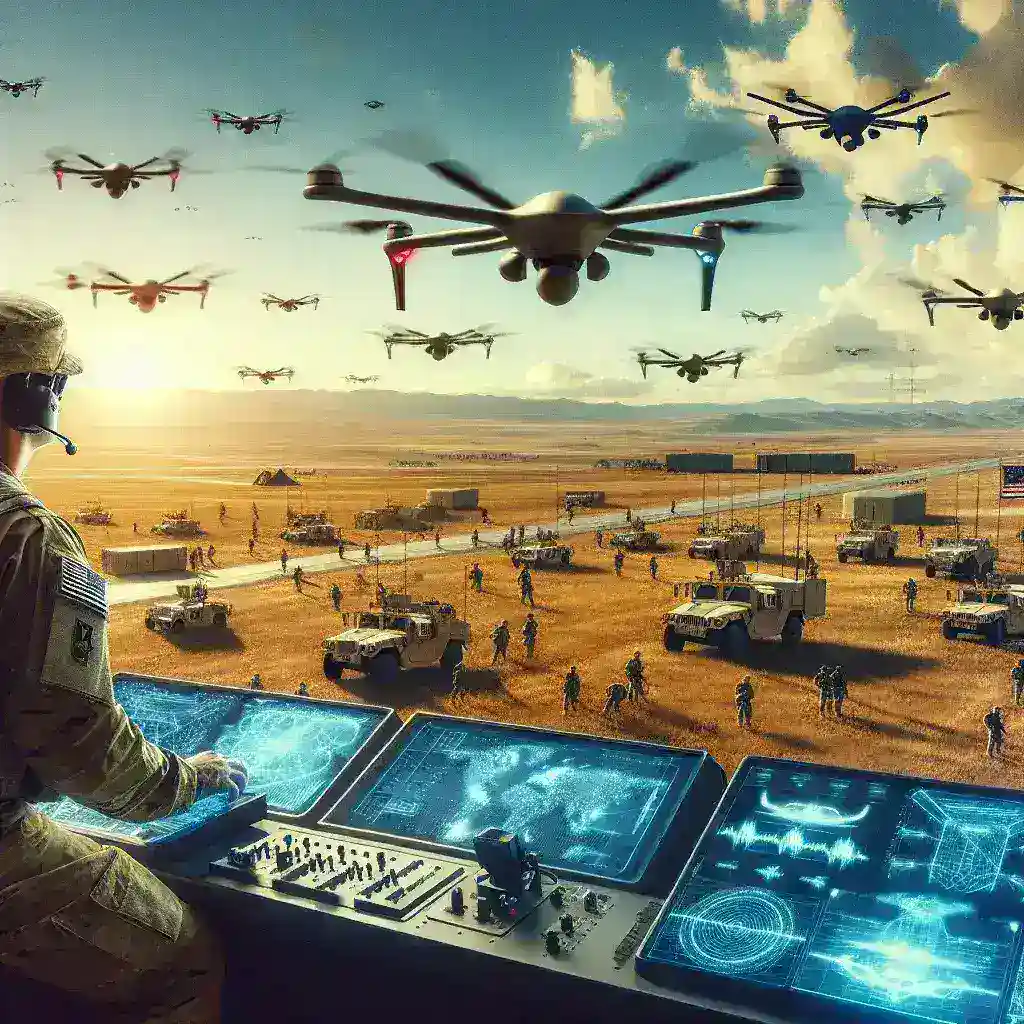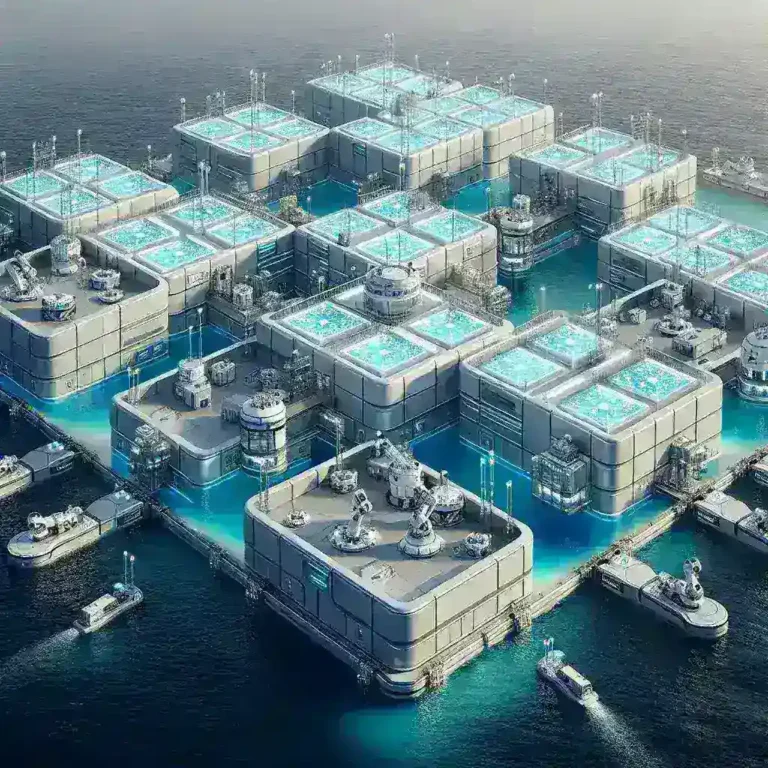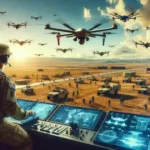Introduction
The U.S. Army is taking a significant step forward in military logistics with the unveiling of a groundbreaking drone resupply network for field operations. This development promises to revolutionize how supplies are transported to troops on the front lines, address logistical challenges, and enhance operational efficiency during missions. In this article, we will delve into the details of this innovative system, its implications for the military, and how it reflects the evolving landscape of modern warfare.
Understanding the Drone Resupply Network
The U.S. Army’s drone resupply network is designed to address the complexities of delivering supplies to soldiers deployed in challenging terrains and situations. Traditional resupply methods often face obstacles such as rough terrain, enemy attacks, and the logistical burden of ground transportation. By utilizing drones, the Army aims to create a more agile and responsive supply chain.
How It Works
The drone network operates through a coordinated system that involves multiple components:
- Autonomous Drones: The backbone of the resupply network is the fleet of autonomous drones capable of carrying different types of cargo, from ammunition to medical supplies. These drones are equipped with advanced navigation systems to ensure precise delivery.
- Centralized Control System: A centralized control system manages the drone fleet, optimizing flight paths, coordinating deliveries, and monitoring the status of supplies in real-time.
- Integration with Ground Troops: The drone network is designed to work in tandem with ground operations, ensuring that troops receive supplies when and where they need them most.
Historical Context
To fully appreciate the significance of the drone resupply network, it’s essential to understand the historical context of military logistics. Throughout history, supply chains have been a critical aspect of warfare. From ancient times when armies relied on horse-drawn wagons to modern-day logistics involving trucks and airlifts, the ability to supply troops efficiently has often determined the outcome of conflicts.
The Vietnam War, for instance, highlighted the limitations of ground resupply during combat. Air support was crucial in delivering supplies, but there were still significant risks involved. The introduction of drones marks a pivotal evolution in this long-standing challenge, leveraging technology to enhance safety and efficiency.
Pros and Cons of Drone Resupply
Pros
- Speed: Drones can deliver supplies in a fraction of the time it would take traditional methods, especially in areas where ground transportation is hampered.
- Safety: By using drones, the Army can reduce the risk to personnel involved in supply missions, particularly in hostile environments.
- Operational Flexibility: Drones can access remote or difficult terrains that may be otherwise unreachable by conventional vehicles.
- Cost-Effectiveness: Over time, the reduction in logistical costs and personnel needed for supply missions can lead to significant savings.
Cons
- Technical Limitations: Drones rely on technology that can malfunction, face interference, or be targeted by adversaries.
- Payload Constraints: While capable of carrying various supplies, drones have weight limits that may restrict the amount of cargo delivered at once.
- Potential for Misuse: As with any technology, there is a risk of drones being misused in ways that may compromise security or ethical standards.
The Future of Military Logistics
As the U.S. Army continues to innovate, the drone resupply network represents just one facet of a broader trend towards modernizing military logistics. The integration of artificial intelligence, machine learning, and enhanced communication systems is likely to play a significant role in the future of military operations.
Predictions suggest that as technology advances, we may see a fully automated supply chain where drones not only deliver supplies but also assess inventory needs and autonomously replenish stocks based on real-time data analysis. This shift could lead to a paradigm where logistics are seamlessly integrated with operational strategies, allowing for more dynamic and adaptable military responses.
Expert Opinions
Military experts and logistics analysts have weighed in on the implications of the drone resupply network. According to Colonel James Wright, a logistics officer with over 20 years of experience, “The integration of drones into our supply chain is a game changer. Not only does it save lives, but it also allows us to maintain a tactical advantage over adversaries who may not have the same capabilities. The battlefield is evolving, and so must our methods of supporting our troops.”
Real-World Applications
The deployment of drone technology is not just theoretical. Several countries have already implemented drone resupply systems in military operations. For instance, the Israeli Defense Forces have utilized drones for resupply missions in various combat situations, demonstrating the effectiveness and practicality of such systems.
In addition, humanitarian organizations have also adopted drones for delivering medical supplies to remote areas affected by crises, showcasing the versatility of this technology beyond military applications.
Cultural Relevance
The unveiling of the drone resupply network also reflects a broader cultural shift towards embracing technology in everyday life. As drones become more commonplace in civilian sectors, their integration into military operations signals a recognition of the importance of innovation in all fields.
Conclusion
The U.S. Army’s unveiling of the drone resupply network marks a pivotal moment in the evolution of military logistics. This innovative system has the potential to enhance operational efficiency, increase safety for personnel, and adapt to the ever-changing demands of modern warfare. As technology continues to advance, the reliance on drone technology in military and civilian applications is poised to grow, shaping the future of logistics and supply chain management.
In the face of evolving threats and challenges, the Army’s commitment to leveraging cutting-edge technology underscores its dedication to ensuring that troops have the resources they need to succeed in any situation. The future of military operations is here, and it is airborne.













